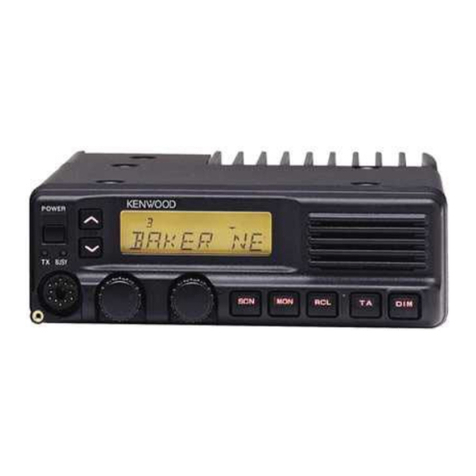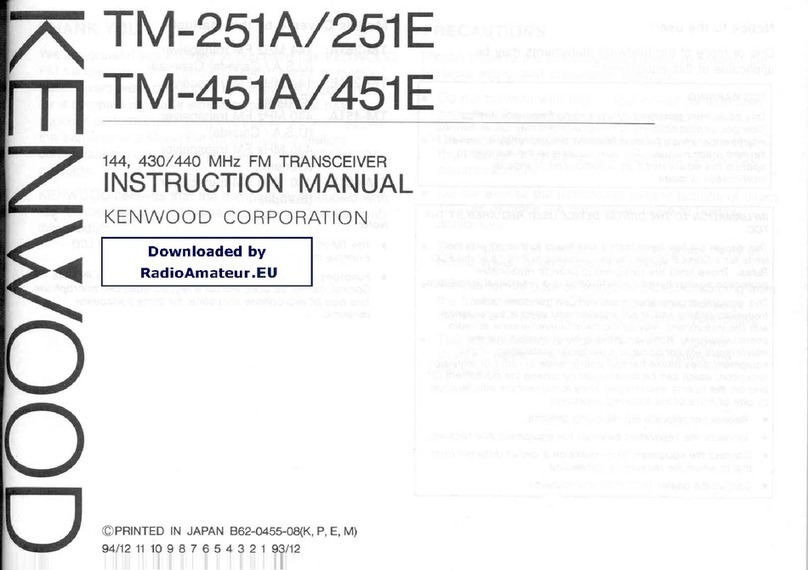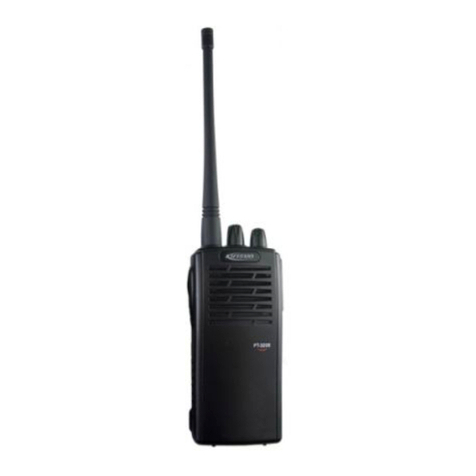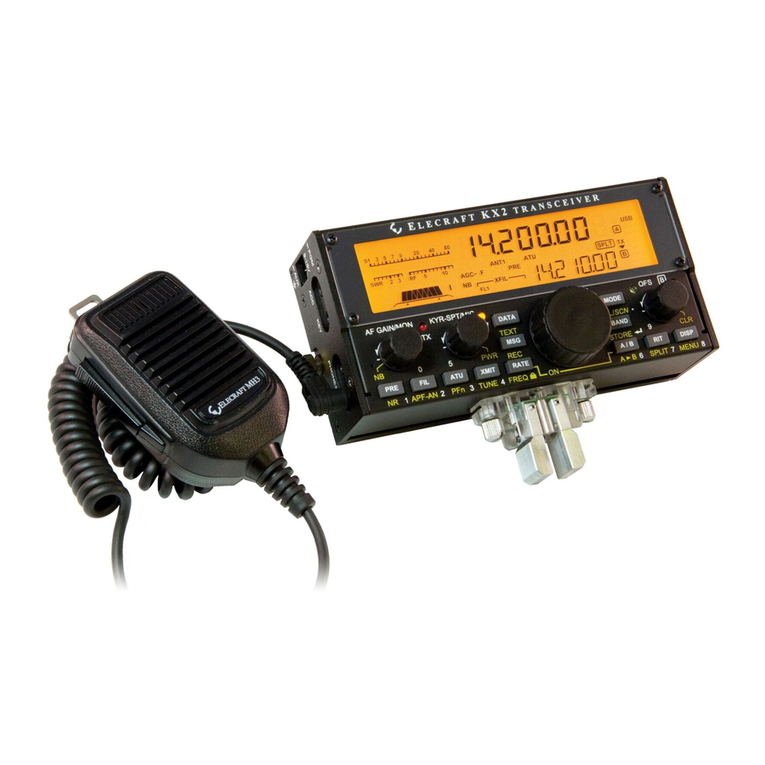Kenwood TR-7730 User manual
Other Kenwood Transceiver manuals

Kenwood
Kenwood TM-241A User manual

Kenwood
Kenwood TM-732A User manual

Kenwood
Kenwood TK-785 User manual
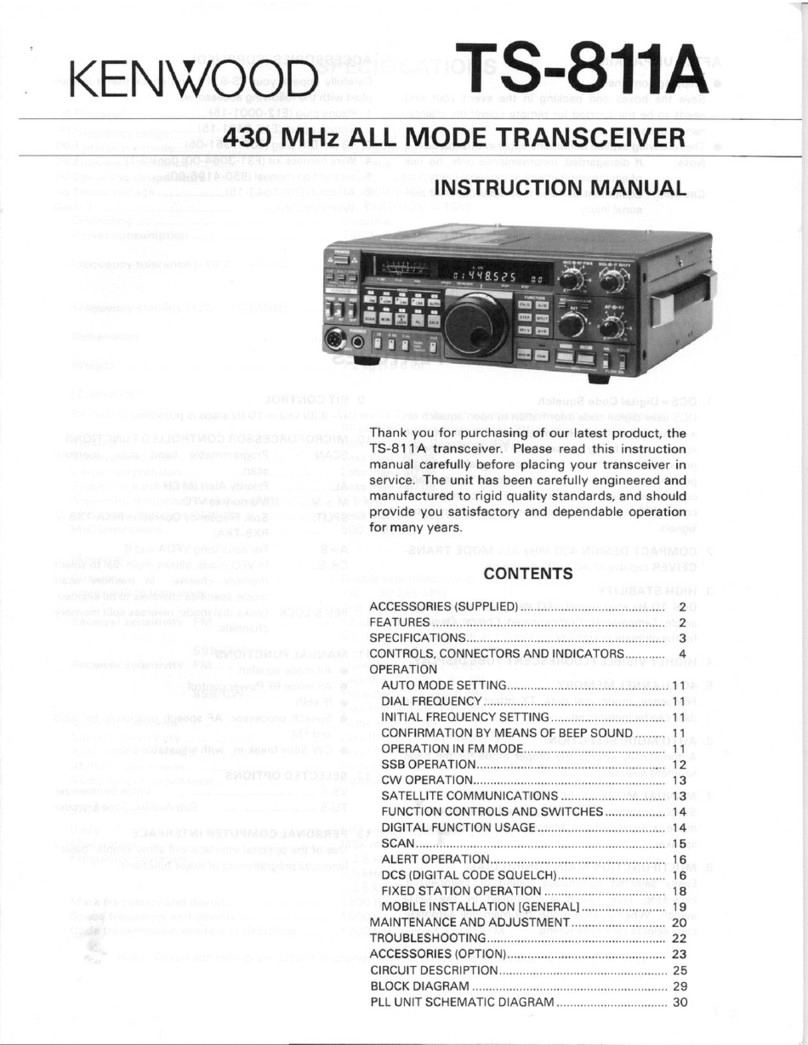
Kenwood
Kenwood TS-811A User manual

Kenwood
Kenwood TR-7850 User manual
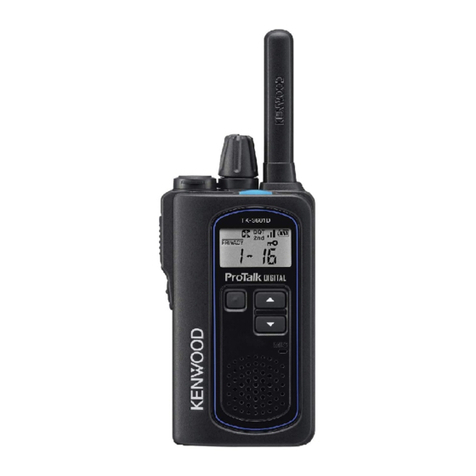
Kenwood
Kenwood TK-3601D-E User manual

Kenwood
Kenwood TK-5910 User manual

Kenwood
Kenwood TS-530S User manual
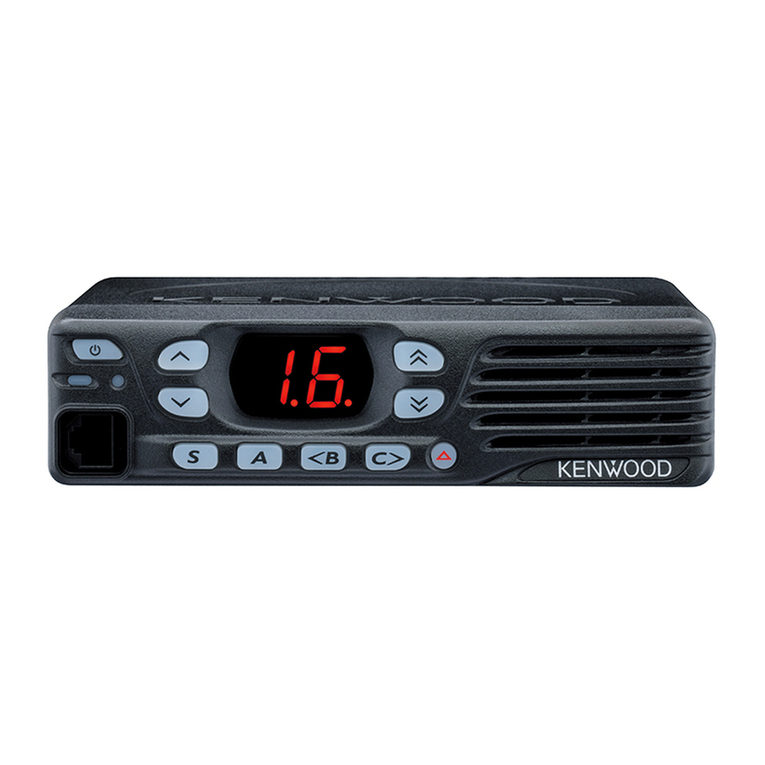
Kenwood
Kenwood TK-7302 User manual
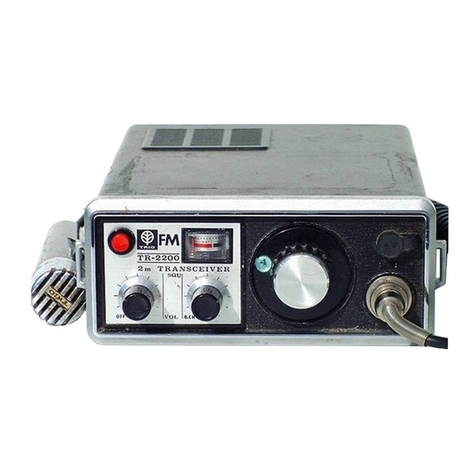
Kenwood
Kenwood TR-2200 User manual

Kenwood
Kenwood TM-631A User manual

Kenwood
Kenwood TK 3230 - FreeTalk XLS UHF Installation and operating instructions

Kenwood
Kenwood TM-733A User manual
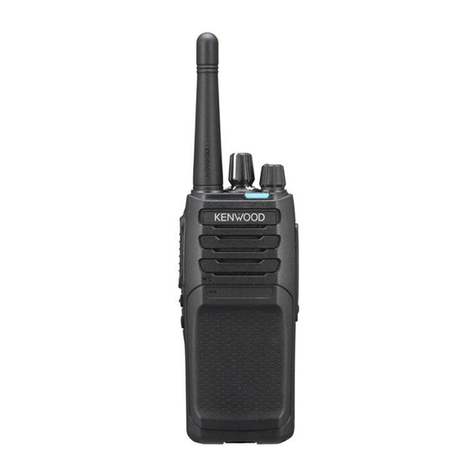
Kenwood
Kenwood NX-1300DE3 User manual
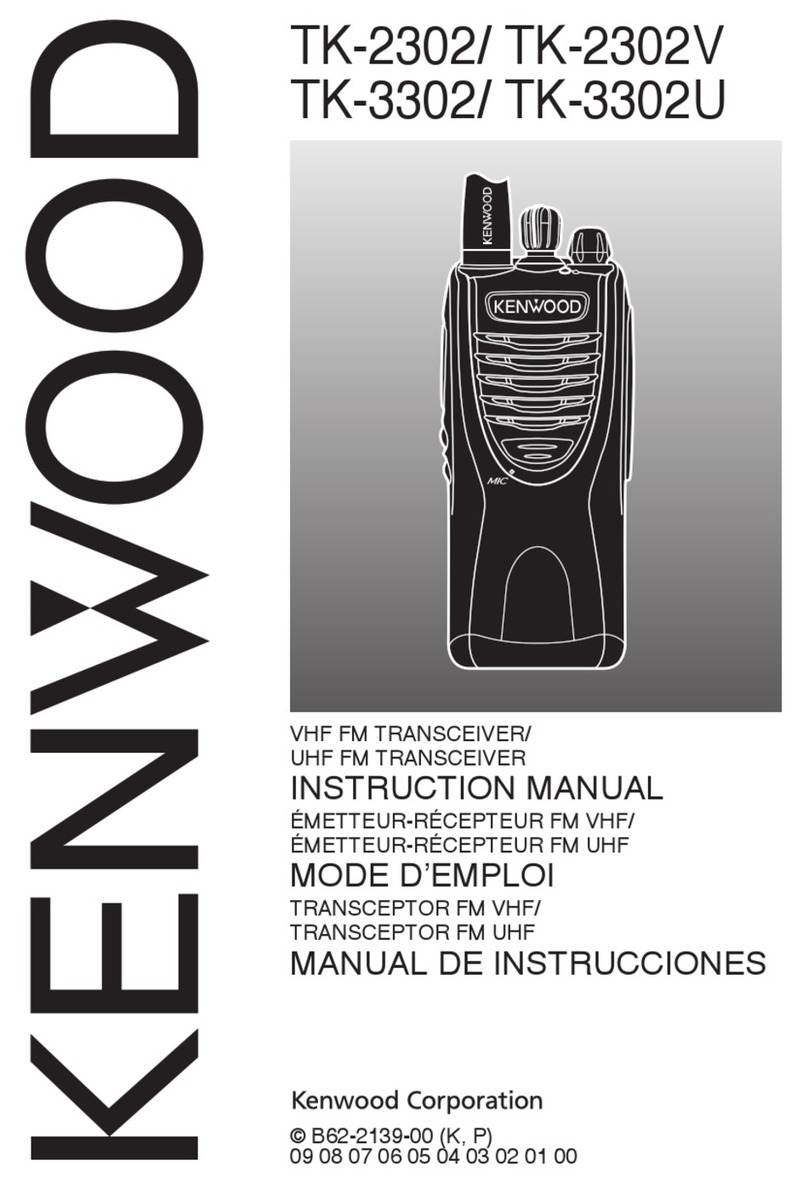
Kenwood
Kenwood TK-2302 User manual
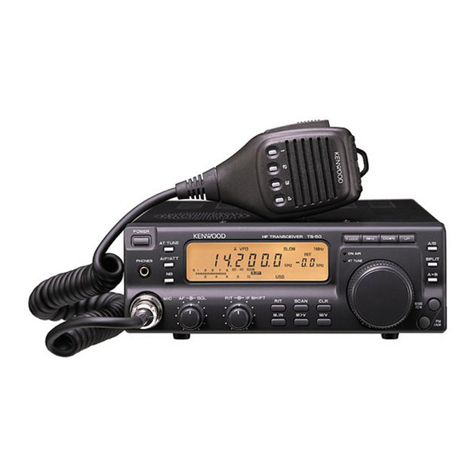
Kenwood
Kenwood TS-50S User manual
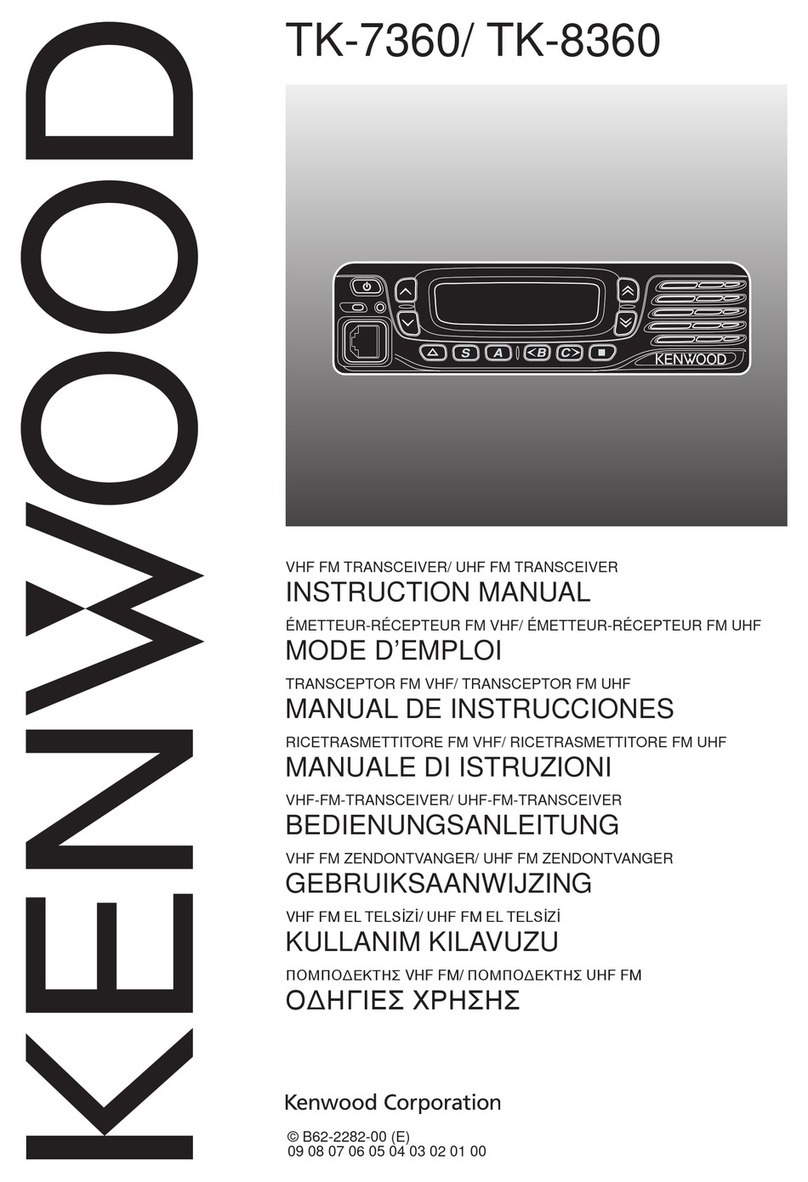
Kenwood
Kenwood TK-7360 User manual
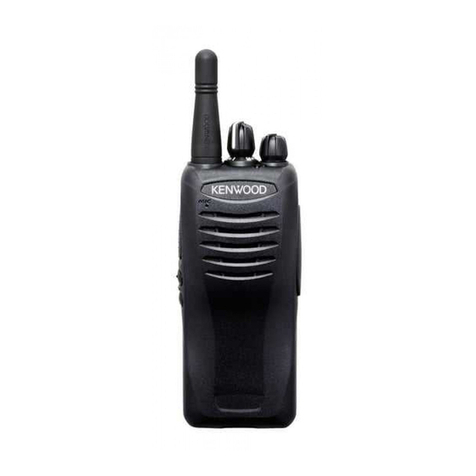
Kenwood
Kenwood TK-3402 User manual
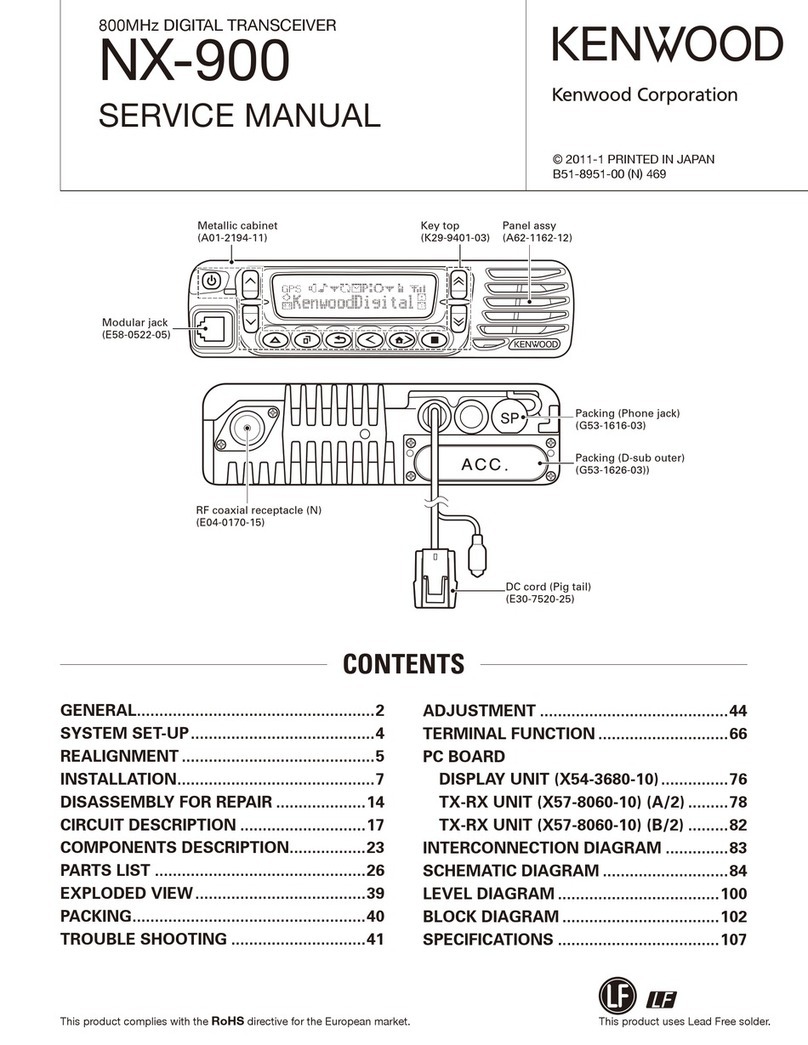
Kenwood
Kenwood NEXEDGE NX-900 User manual
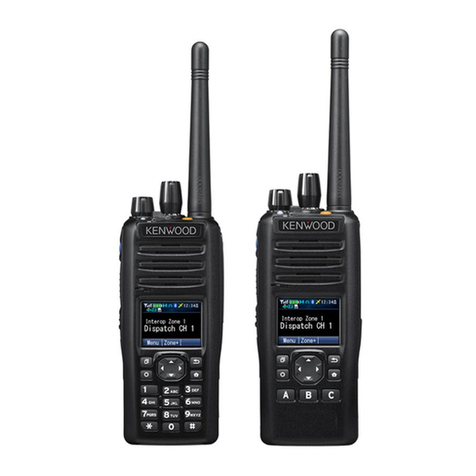
Kenwood
Kenwood Nexedge NX-5200 User manual
